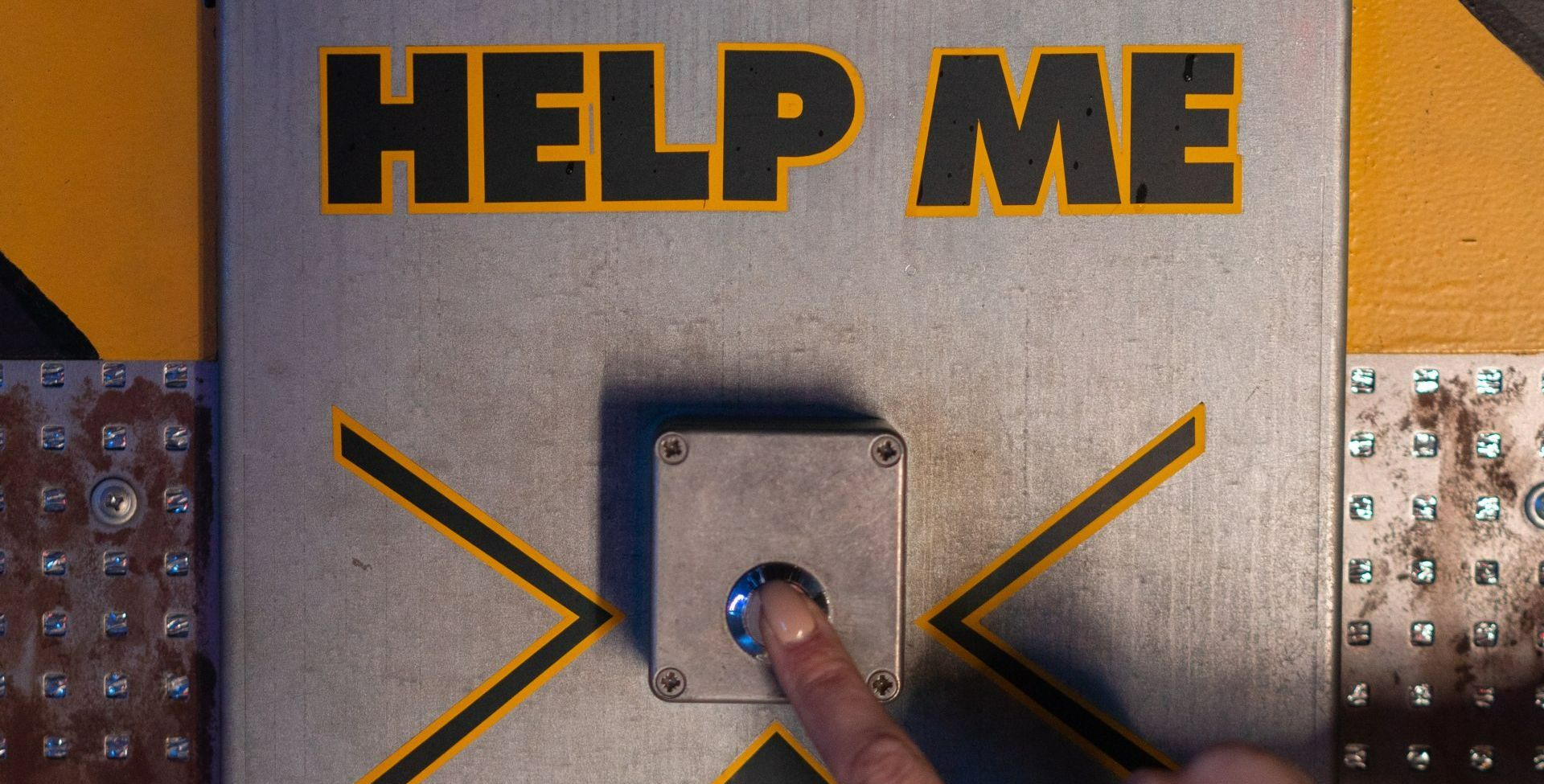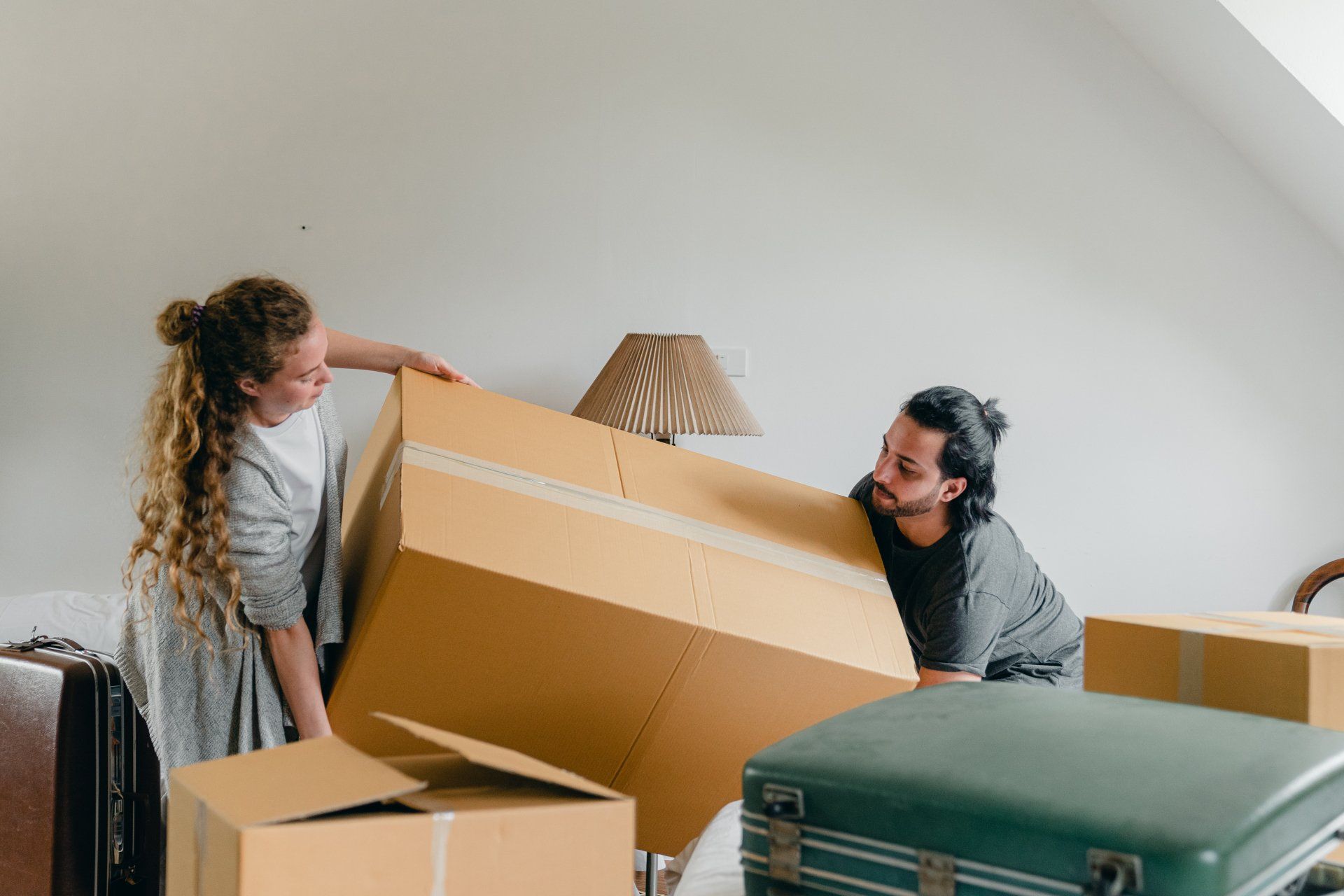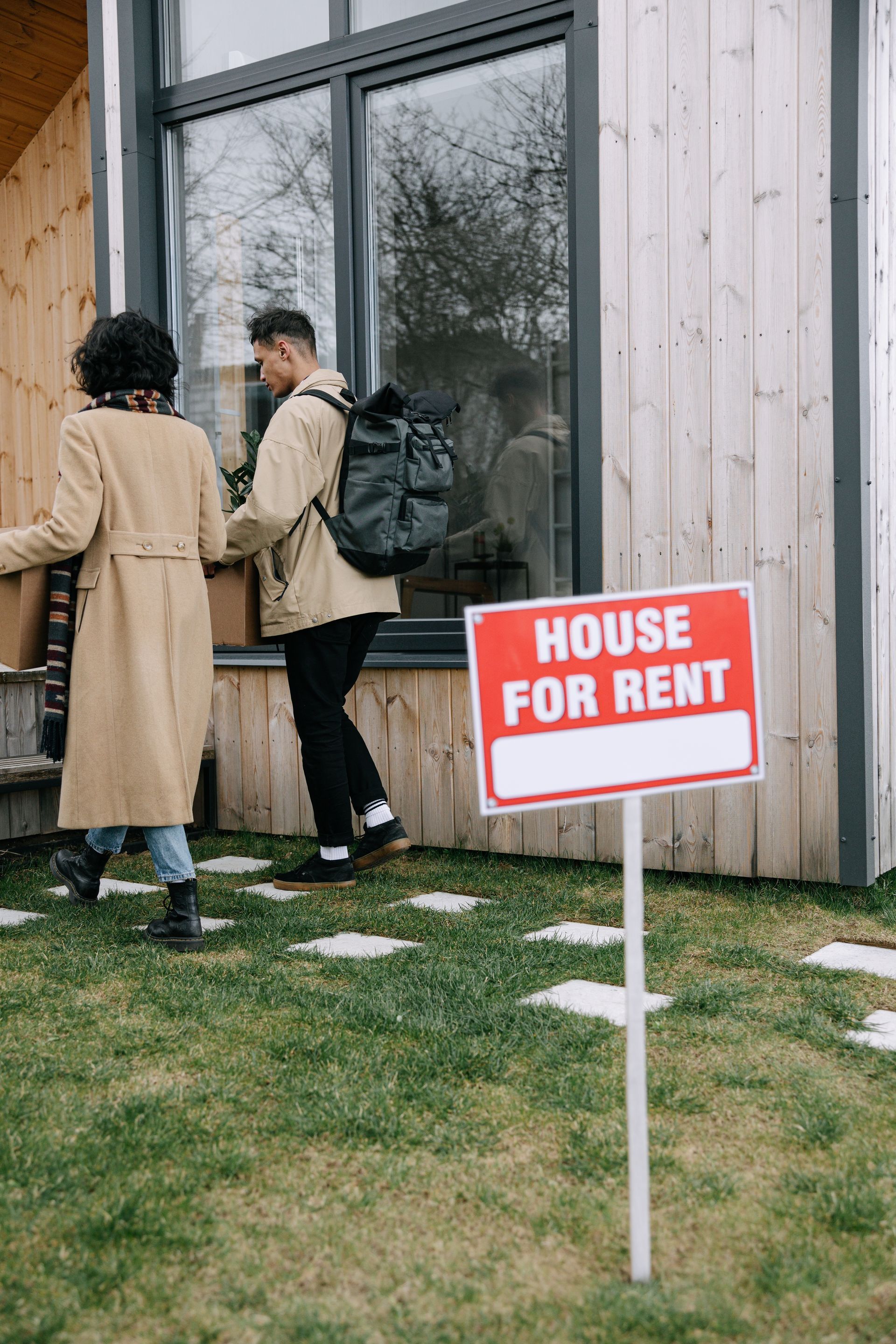Moving Made Easy: Essential Tips for Managing Pets and Kids on Moving Day
Moving can be a stressful experience, especially when you have to manage pets and kids on moving day. With a little preparation and planning, however, you can ensure a smooth and successful transition for the entire family. In this comprehensive guide, we will provide you with essential tips and strategies to handle pets and kids during the moving labor. You will learn how to keep your pets calm and comfortable, entertain your kids, and create a safe environment amidst the chaos of moving. From creating a moving day schedule to packing special care kits for your pets and kids, we've got you covered. Follow these tips for a stress-free moving day that will leave both your furry friends and little ones happy and settled in their new home.
Understanding the Challenge
Kids, Pets, and Moving: A Delicate Balancing Act
Moving day comes with its unique set of challenges when kids and pets are involved. Both thrive on routine and familiarity, and a change as big as a move can disrupt their sense of security. For children, the attachment to their old home and the anxiety of entering a new environment can be overwhelming. Similarly, pets may become anxious or exhibit behavioral changes when their familiar surroundings are altered. The balancing act lies in maintaining a sense of normalcy while transitioning to a new space. It requires careful attention to their needs and feelings, clear communication about the changes ahead, and strategies to keep them reassured throughout the process. Managing this dynamic effectively can significantly reduce the stress associated with moving for your entire family.
Why Moving can be Stressful for Kids and Pets
The stress of moving on kids and pets often stems from the uncertainty and disruption of their daily routines. Children may fear leaving behind friends or adjusting to a new school, while pets could become stressed due to the sudden flurry of unfamiliar activity and spaces. Moreover, on moving day, the presence of strangers, like movers, and the disappearance of furniture can be unsettling. For pets, especially, the change in scent and territory can trigger anxiety. Kids and pets are sensitive to their environments and the emotions of those around them, so the general tension that comes with moving can add to their discomfort. Recognizing their need for stability is key to managing their stress. It's crucial to maintain as much continuity as possible and to provide comfort and reassurance to help them cope with the transition.
Preparing for the Move
Starting Early: Preparing Kids and Pets for the Move
To minimize the impact of moving, it's crucial to start preparing your kids and pets well in advance. For children, involve them in the moving process by talking about the move, showing them pictures of the new home, and even visiting the new neighborhood if possible. This can help them feel included and less anxious about the change. For pets, begin by gradually introducing packing materials into your home so they can become accustomed to these new items without fear. Also, try to keep their routine as normal as possible, including feeding times, walks, and play sessions. Another helpful strategy is to slowly acclimate your pet to their travel carrier to reduce travel-day stress. By starting preparations early, you can provide a smoother transition and reduce the emotional toll that moving can have on your family.
Make a Plan: Detailed Checklists for Moving with Kids and Pets
Creating a detailed plan is essential when moving with kids and pets. Start by crafting separate checklists that cater to the needs of each. For children, your checklist might include packing a bag of essentials like snacks, clothing, and favorite toys to keep them comfortable and occupied. Don't forget to include important documents, such as school records and medical information.
For pets, your checklist should include items such as food, water, bowls, leashes, waste bags, and any necessary medication. It's also important to have your pet's veterinary records handy and ensure their microchip information is updated with your new address. Prior to moving day, identify pet-friendly hotels or arrange to stay with family or friends if your move requires an overnight stop. By preparing these checklists, you can ensure that nothing important is overlooked and that moving day goes as smoothly as possible for everyone involved.
Moving Day Strategies
Keeping Kids Engaged and Pets Comfortable on Moving Day
On the day of the move, keeping kids engaged and pets comfortable is vital. Set aside a safe space in your old and new home where kids and pets can stay during the chaos. This area should have familiar items to provide comfort and security. For kids, prepare activities such as coloring books, puzzles, or a tablet with games and movies to keep them occupied. It's also helpful to have a trusted friend or family member dedicated to looking after them.
For pets, make sure they have their favorite toys, a comfortable bed, and items with familiar scents. If possible, have someone they know well take care of them, or consider a pet daycare service for the day. Regular breaks for play and cuddles can help alleviate their anxiety. By ensuring their emotional needs are met, you can maintain a calm atmosphere for everyone involved.
Creating a Safe and Familiar Space During the Transition
When moving, it's important to create a safe and familiar space for kids and pets as they adjust to their new environment. For kids, set up their room first to give them a sense of security and continuity. Use familiar bedding, arrange their furniture similarly to their previous setup, and unpack some of their favorite toys and books immediately.
For pets, choose a quiet area away from the moving activity to set up their bed, toys, and feeding station. Use pheromone diffusers for pets like cats and dogs to help them feel calmer in the new space. Try to maintain their normal routine as much as possible, including feeding and walk times. Introduce them to the new home gradually, allowing them to explore and become comfortable at their own pace. A calm and familiar space can significantly reduce the stress associated with a new environment.
Post-Move Adjustment
Helping Kids and Pets Adjust to Their New Environment
Once the move is complete, assisting kids and pets in adjusting to their new surroundings is crucial. Encourage children to set up and decorate their rooms to make the space their own. This can help them feel more in control and excited about their new environment. Also, maintaining a consistent routine can provide a sense of normalcy.
For pets, introduce them to the new home slowly, starting with one room and gradually allowing them access to more areas. This will help them not feel overwhelmed. Continue consistent routines for feeding, walks, and playtime. Additionally, provide lots of affection and reassurance to help them feel secure.
Spend quality time with your kids in the new neighborhood, such as visiting local parks or community centers, to help them form new connections. Patience and understanding during this transition period can ease your family into a comfortable and happy life in your new home.
Signs of Stress in Kids and Pets Post-Move
After a move, it's important to be aware of stress signs in kids and pets. Children may exhibit changes in behavior such as clinginess, sleep disturbances, or a decline in academic performance. They might also express feelings of sadness or anger more frequently. These reactions are normal and typically temporary as they adapt to their new environment.
Pets may show stress through altered behaviors like increased vocalization, house soiling, reduced appetite, or hiding. Dogs might chew on furniture or other household items, while cats may groom excessively. These signs indicate that they are trying to cope with the change in their environment.
It’s essential to address these stress signals promptly. Provide extra support and reassurance to your kids and pets. Consistent routines and familiar objects can help alleviate their anxiety. If these behaviors persist, consider seeking advice from a professional such as a child psychologist or a veterinarian.
Making an Informed Decision: Local vs National Moving Labor Companies
Factors to Consider When Choosing
When deciding between local and national moving labor companies, several factors should be at the forefront of your decision-making process. First, consider the distance of your move. Local companies are often better suited for moves within the same city or region, while national companies specialize in interstate or cross-country relocations. Assess the level of service you require; do you need comprehensive services like packing and storage, or just transportation? Think about your budget – national companies may offer more services, but they can also be more expensive. It's also crucial to evaluate the importance of customer service. If personalized attention is a priority, a local company might be more responsive to your needs. Lastly, check the reputation and reviews of the companies you're considering to ensure they have a proven track record of reliability and professionalism.
Final Thoughts: Which One Is Right for You?
In conclusion, the choice between a local and a national moving labor company comes down to your specific needs and preferences. If you value a personalized approach, are moving a short distance, and want to support local businesses, a local moving company may be the best fit for you. On the other hand, if you're facing a long-distance move, require a wide range of services, and prefer the reassurance of a widely recognized brand, a national moving company might be more suitable. It's essential to carefully consider the details of your move, conduct thorough research, and weigh the pros and cons of each option against your unique circumstances. Ultimately, the right choice will provide peace of mind and ensure a smooth transition to your new location. Remember to ask questions, read reviews, and understand each company's offerings before making your final decision.
Ready to move?
We’re here to help!
If you're planning a move and feel ready to take the next step, reach out to Makin Moves today. We're here to make your transition as smooth and stress-free as possible. Our dedicated team is ready to tailor our services to your unique needs and provide the support you need during this important stage of your life.











